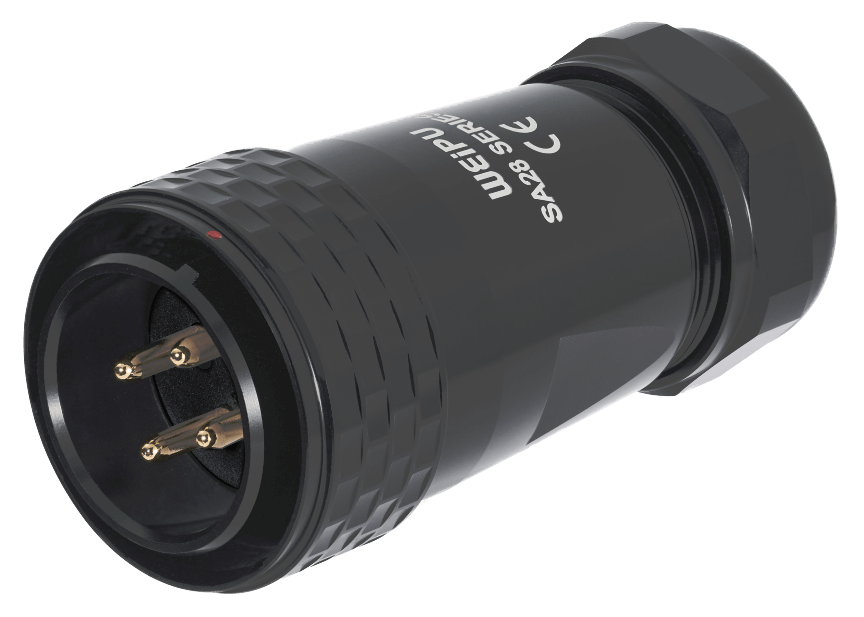Here is an update. I did some tuning today, measured at my listening position with the speakers toed in a bit, probably 15 degrees or so. I found this provides the widest sound stage. The high frequencies do roll off above about 15 kHz, though, at that angle. But, at my age, 15 kHz is above my hearing range. The measurements are with 1/6 octave smoothing applied.
The left speaker is the green plot and the right speaker is the blue plot. There is a door opening behind the left speaker, which creates the dip at 85 Hz. I adjusted the output of the right speaker to compensate a bit at that frequency, which is fine since that frequency is non-directional.
The red line tracks the Harman curve above about 250 Hz. In the low bass region the red line is about 4 dB lower than the Harman curve. My low bass output is about 1 dB higher than the red line, so the bass is about 3 dB lower than the Harman curve. I like the bass of this preset better on music recorded over the last 30 years or so.
I have another preset with the bass closer to the Harman curve. I like that preset on older recordings, where the bass in the recordings typically is too low for my taste. I used Dirac Live on that preset after manually setting the EQ parameters, but Dirac Live actually made the frequency response a bit more choppy. I may or may not leave it on. I need to do more listening on that preset.
I am still awaiting the WEIPU connectors. They have black ones in stock, but I want silver. They are on back order until the next production run. WEIPU didn't say when that will be. Hopefully they will become available this summer.

 www.weipuconnector.com
www.weipuconnector.com